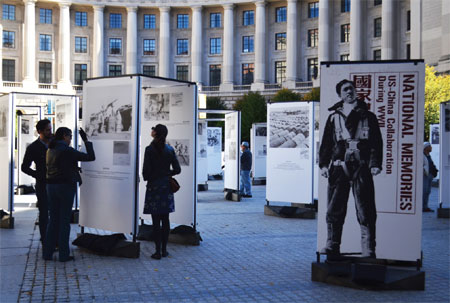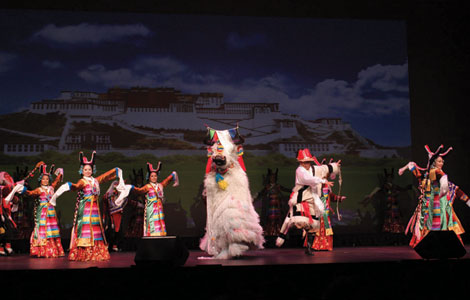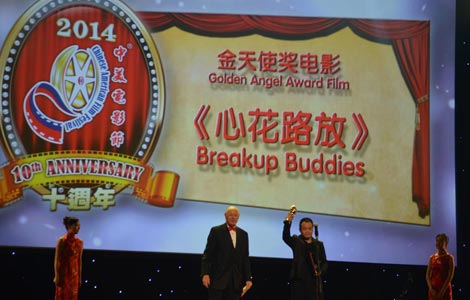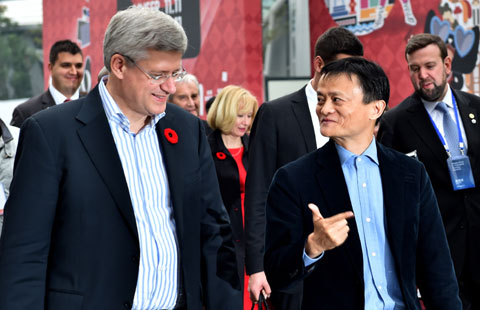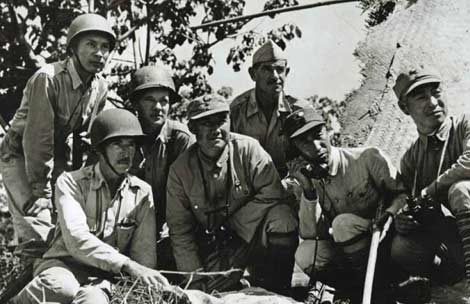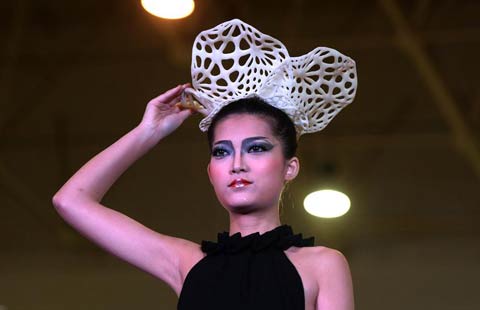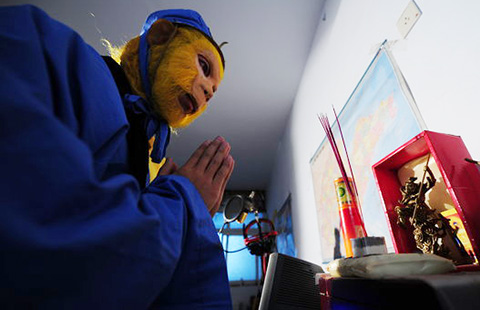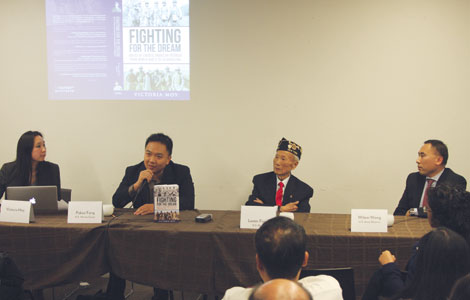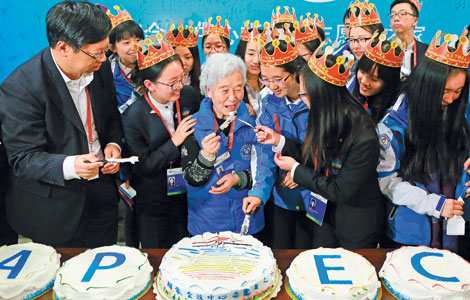A history largely forgotten
Updated: 2014-11-07 13:01
By Cai Chunying(China Daily USA)
|
||||||||
|
A one-week photo exhibit showcasing US-China collaboration during WWII was on display in Washington last month. The images came from the US National Archives. The Wilson Center and the Chinese Overseas Exchange Association sponsored the exhibit. Cai Chunying / China Daily |
It started in 1999 in China when a photograph caught Zhang Dongpan's attention, and it eventually led to 23,000 photos that tell the story of US-China collaboration to fight the Japanese in World War II, Cai Chunying reports from Washington.
 |
|
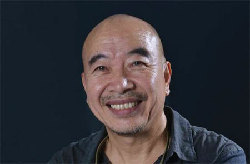 Zhang Dongpan, leading historian of the National Memories project. |
 |
|
John Easterbrook, grandson of US General Joseph Stilwell, commander of the China-Burma-India Theater, was the exhibit's US curator. |
Four years ago, the US National Archives and Records Administration in suburban Maryland just outside of Washington received unexpected visitors. About 10 people, mainly Chinese, came to look for photographs taken during World War II.
During the next two months, the team was in the building whenever it was open. They brought with them advanced photo scanners and worked quietly with an occasional burst of surprise and joy.
In the end, 23,000 photos had been scanned one by one, both the front image and the back caption. The photos comprise the archive's entire image database of United States' participation in the China-Burma-India Theater (CBI), a crucial battlefield during WWII.
Zhang Dongpan, a grassroots historian in China and the team's leader, still vividly recalls what one of the archivists told him on the first day: "Photos of the European Theater have been searched and used numerous times, some even have to be repaired, while some of these photos have rarely been touched since they arrived here in 1946."
Last month, some of the most striking images Zhang found in the archives were put in an outdoor exhibit in Washington entitled National Memories: US-China Collaboration during WWII. More than 80 white boards, each 15-feet tall, with a total of 280 enlarged photos, stood for one week in Woodrow Wilson plaza.
The exhibit site is less than half a mile from the White House where US President Franklin D. Roosevelt made the decision in 1942 to create the CBI Theater and to dispatch about 250,000 Americans there. His main purpose was to keep China supplied and in the war so that Japanese forces would be largely pinned in Asia instead of being moved to where they could directly threaten the US mainland.
"We came here to pay tribute," Zhang told China Daily. "Although the United States entered the CBI for strategic reasons, it helped to train our troops, supplied us with food and equipment, and on many occasions even sacrificed lives for us."
The US operation consisted mainly of military advisers training Chinese troops, which was the main fighting force against the Japanese in the CBI, its air force bombing Japanese forces and flying supplies over the Himalayas, army engineers building roads to keep land supply routes open and supplying medical staff, all under the name of Y-Force Operations Staff and the leadership of General Joseph Stilwell, commander of the CBI.
The Chinese Expeditionary Force of 100,000 or so also was under Stilwell. By 1945, more than half of the Chinese troops and 4,000 Americans had been killed in action.
Many of the scenes in the CBI Theater were recorded by the US Army Signal Corps, a military information and photography squad, and their photos were sent to the US National Archive in 1946. But not much attention was paid to them for the next 60 years until the day Zhang's team arrived.
What led Zhang to the archives started in 1999 in China when a photo caught his curiosity.
He was doing fieldwork about the Chinese Expeditionary Force in Tengchong County, Yunan province, which borders Burma and where the famous Salween Campaign (nujiang zhanyi) was fought. Zhang met a man who developed a roll of film for a US military photographer in 1944. His desire to keep war images for history made him develop an extra set of the photos.
Most Viewed
Editor's Picks

|

|

|

|

|

|
Today's Top News
Sultan of Brunei acquires NYC's Plaza Hotel
Mexico cancels bullet train deal
China, Japan reach four-point agreement on ties
China's wealthy look to make 'social impact' on education
Airline exec sees bright side for China and US
China, US must lead on climate
China's coal solution could be in steam
Asian Americans supported Democrats in elections
US Weekly

|

|
